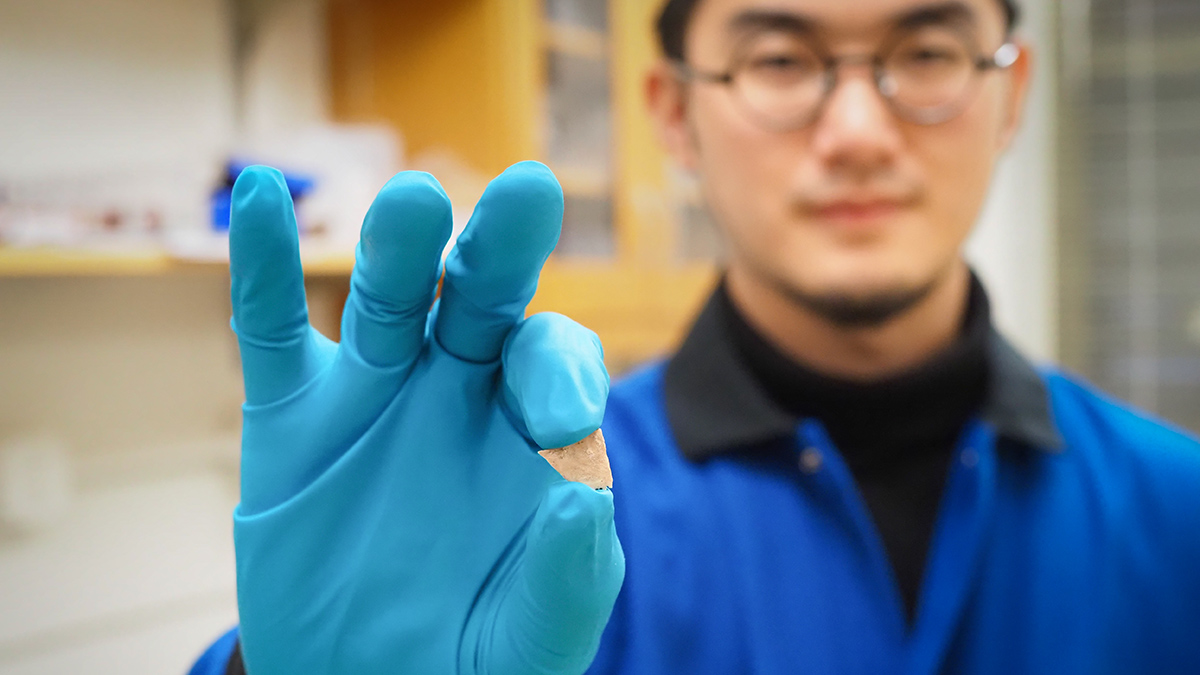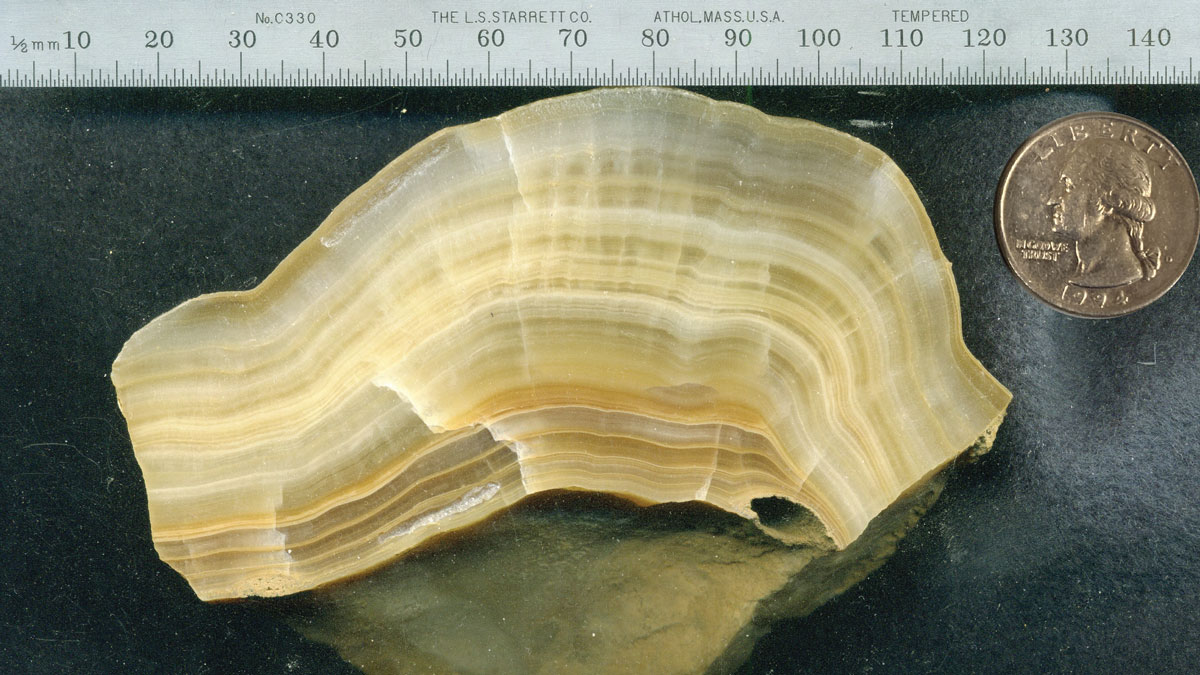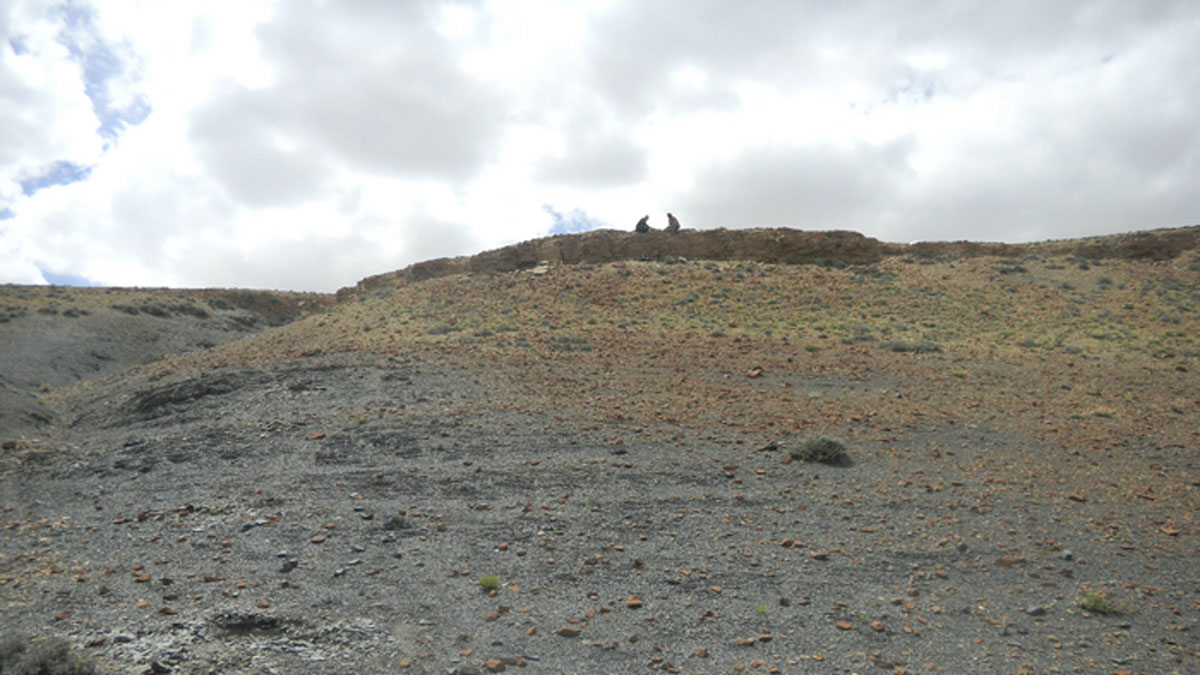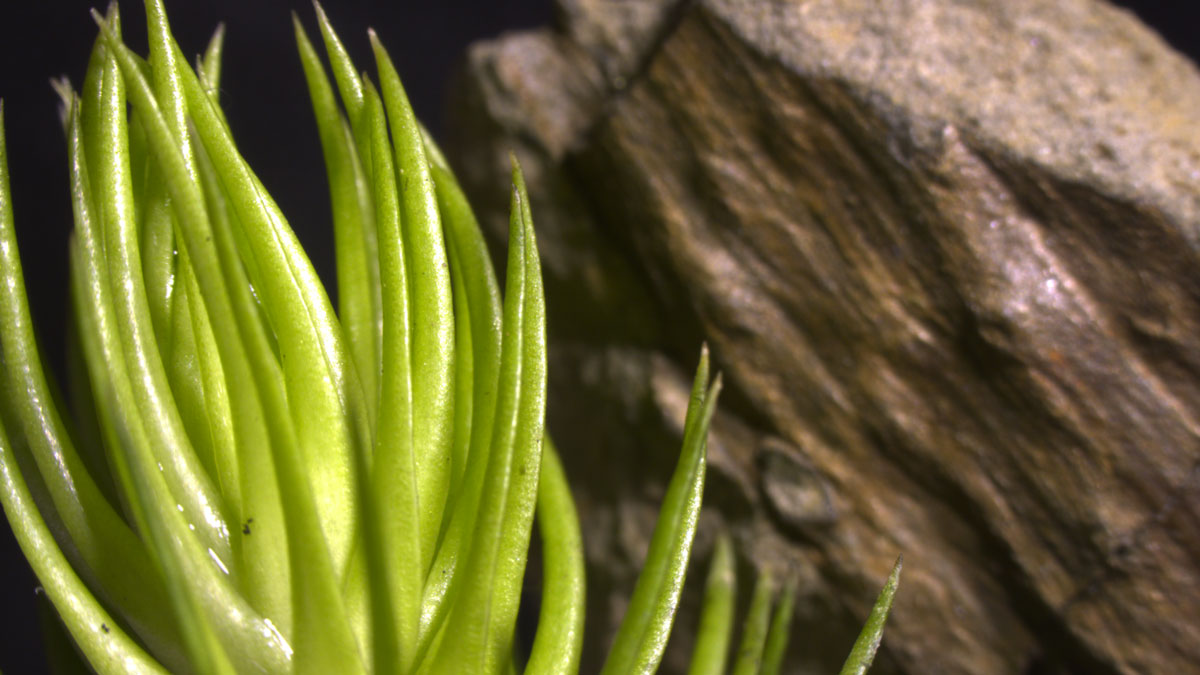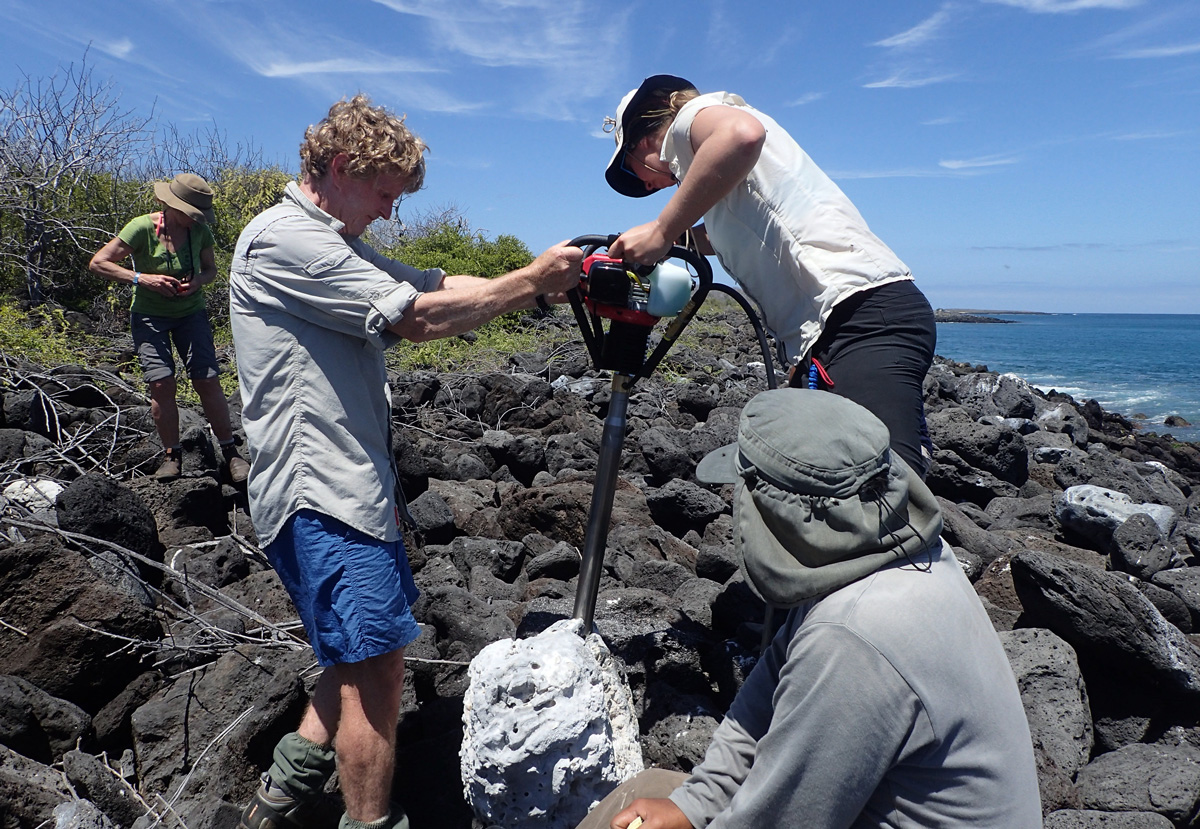The plant-based nitrogen eaten by ostriches and stored in their eggshells was measured by researchers 20,000 years later.
proxies
Mammal Droppings Preserve Human and Climate History on the Tibetan Plateau
Geochemical signatures in sediment, which includes organic molecules from human and animal poop, help scientists track the rise and fall of the Tibetan Empire.
Ароматы в ледяном керне рассказывают о жизнедеятельности человека
В ледяном керне самой высокой горной вершины Европы содержатся источающие запах молекулы, свойства которых отражают экономические взлеты и падения Советского Союза.
Wisconsin Stalagmite Records North American Warming
A speleothem has revealed rapid periods of warming across the interior of the continent during the last glacial period, corresponding to similar events recorded in Greenland ice.
UV Radiation Contributed to Earth’s Biggest Mass Extinction
To find the first direct evidence of heightened UV radiation during the end-Permian mass extinction, researchers turned to chemical evidence preserved in pollen grains.
Small Shrubs May Have Played a Large Role in Decarbonizing the Ancient Atmosphere
Vascular plants may have contributed to shaping Earth’s atmosphere long before trees evolved.
¿Estaban los maestros impresionistas retratando una realidad contaminada?
Análisis de imágenes sugiere que el estilo de los artistas evolucionó en sincronía con el incremento de la contaminación en el aire durante la Revolución Industrial.
El Niño Varies More Intensely Now Than in the Past Millennium
Researchers found evidence for a strengthening El Niño in living and fossilized Galápagos corals.
Were Impressionist Masters Painting a Polluted Reality?
Image analysis suggests that artists’ styles evolved in sync with increasing air pollution during the Industrial Revolution.
Stalagmites Show Evidence of Prolonged Droughts in India
A new study using oxygen isotopes reconstructs a prolonged record of India’s summer monsoons, showing much greater variability than modern data sets.

